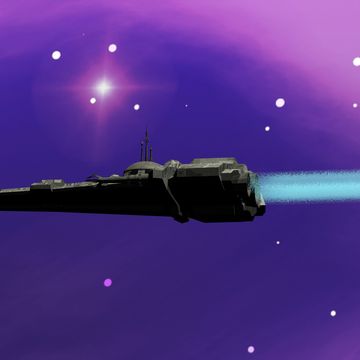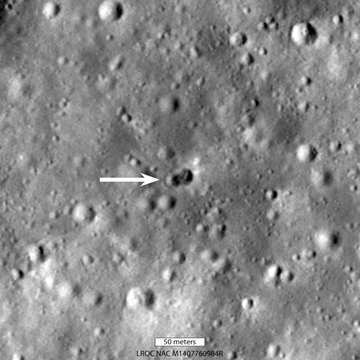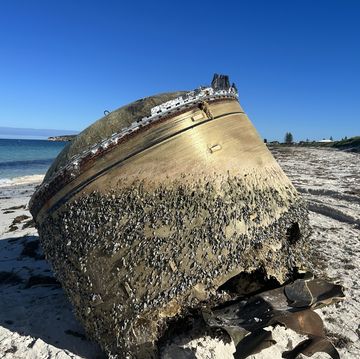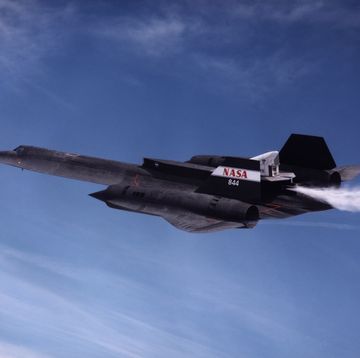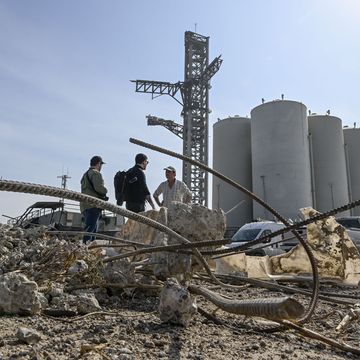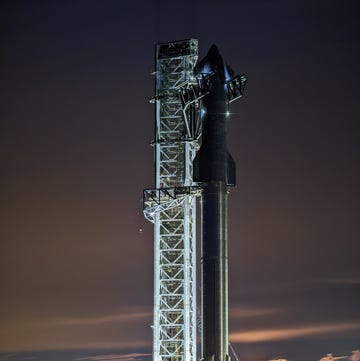On Tuesday evening, the first orbital launch from Hawaii ended in failure when the rocket began to oscillate and broke apart about a minute after launch. The 67-foot-tall Super Strypi rocket carried 13 satellites that were lost in the incident.
"The ORS-4 mission on an experimental Super Strypi launch vehicle failed in mid-flight shortly after liftoff at 5:45 p.m. Hawaii Standard Time (7:45 p.m. PST; 10:45 p.m. EST) today [Tuesday] from the Pacific Missile Range Facility off Barking Sands, Kauai, Hawaii," the Air Force's Space and Missile Systems Center said in a statement.
The launch was the inaugural flight of a Super Strypi rocket, part of the Low Earth Orbiting Nanosatellite Integrated Defense Autonomous System (LEONIDAS) program to reduce the cost of putting lightweight satellites into space. The Super Strypi, also known as the Spaceborne Payloads Assist Rocket Kauai (SPARK), has slanted fins designed to send the rocket into a tight spin that eliminates the need for complex guidance algorithms.
"Without a complex and costly guidance system, the launch aims to demonstrate a concept that cuts preparation and processing time from months to weeks, thereby slashing the cost of launching small satellites into orbit," says Aerojet Rocketdyne's website.
The program is funded by the Air Force's Operationally Responsive Space Office, with the University of Hawaii acting as the primary contractor to oversee development and manage contracts for design, propulsion, and ground systems with organizations such as Sandia National Laboratories and Aerojet Rocketdyne. The launch was originally scheduled for 2013 but was delayed several times. Yesterday's failure puts the future of the Super Strypi program in doubt.
The Super Strypi is one of five small-class rocket programs that the military is currently developing. The Air Force estimates the system would cost about $15 million per flight, and hopes to cut that figure down to $12 million once the launch system is established. That's much cheaper than current booster options. Private corporations such as Virgin Galactic and Rocket Lab also have planned launch programs catered to smaller satellites. Finding a cost-effective and relatively simple way to launch small satellites into orbit is a high priority to both the commercial satellite industry and the military, which needs to replace defense satellites.
Spaceflight Now reports that Air Force officials had some concerns that hot fuel could burn through the insulation lining of the Super Strypi's LEO-46 first stage motor, but decided to proceed with the launch despite the risk.
The Air Force invested more than $45 million in the ORS-4 mission, according to Spaceflight Now. The largest payload on the Super Strypi rocket was the University of Hawaii's HiakaSat, a 121-pound satellite equipped with a spectrometer designed to take observations of the Earth for both scientific and military purposes. The rocket also carried NASA's Edison Demonstration of Smallsat Network, which included eight small CubeSats that were valued at $13.6 million.
A spectator captured a video of the rocket breaking apart after launch.
A second Super Strypi demo launch is planned for an undetermined future date, likely sometime in 2016. The second launch will end the experimental program, after which officials will determine if the Super Strypi is to be used for any further missions.
Sources: Spaceflight Now, NASA Spaceflight

Jay Bennett is the associate editor of PopularMechanics.com. He has also written for Smithsonian, Popular Science and Outside Magazine.


